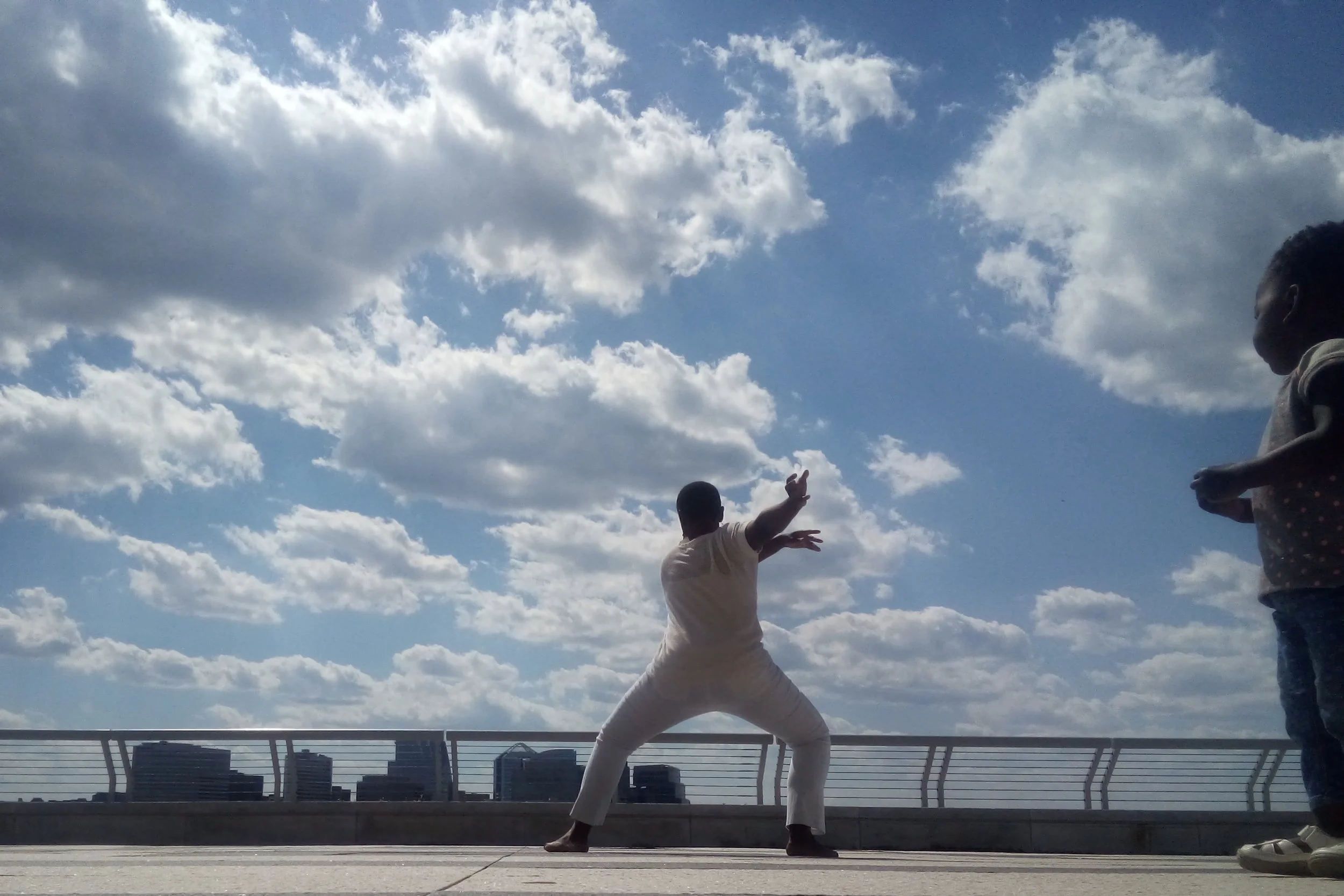This week’s storm is everyone in this house being sick. The fevers, the runny noses, the stuffy ears, the congestion, the sore throats—it’s a lot to navigate all at once. Especially with the little ones who can’t quite explain all they’re feeling, and whose accumulation of discomforts make them just wanting to cling to Mommy. All. Day. Long.
Did I mention I’m sick too? Yeah, it’s not a pretty sight at all! I’m stretched very thin right now, and I am still aware that no matter how awful I’m feeling, the dance is one of the best remedies I have. Dancing will lift my spirits, deliver some new oxygen into my blood, stimulate the release of whatever my body needs to flush out, and break up the long hours of crying, whining, begging, pleading, and moaning that are making up the bulk of our days right now.
This week the storm is a funky cold making its rounds. Sometimes it’s a financial crisis when all the bills are due. Sometimes it’s a tragedy in the community. Sometimes it’s the heartbreak of not winning the the grand prize after being a finalist. Sometimes it’s a fertility trauma that no one but you can see. Sometimes it’s the seemingly never-ending cycle of grief from losing a loved one. Chances are, we’ve all encountered multiple storms in various forms throughout our lives. They are never something we plan. They are not convenient. They are not considerate of everything else on our plates demanding our full attention. And yet, through every part of the storm, we’re continuously confronted with the truth of ever forward motion: Life moves on.
There comes a point in grappling with the storm, that we have to make a decision about how we’re going to make it through the roughness and turbulence. For me, I’ve learned that engaging in my dance practice—especially in the thick of the thick of the storm—allows me to move with renewed energy through what initially felt like the heaviest of burdens, the most immovable of mountains.
Dancing opens up unexplored possibilities for processing and strategizing how we’re going to survive a very challenging situation. As we bend, twist, roll, reach, sway, spin, dip, and rock around, we invite new thought patterns to participate in the mental labor of sorting through whatever it is that is weighing our spirits down. The movements give us space, literally, to breathe, to think, to imagine, and to act in new ways. Each cell of our body plays a role in shaping our thoughts and actions. When we dance, we recalibrate all of our cells with an energy source more reflective of the present moment. We then have a greater capacity to transform our consciousness and develop a more desirable outlook. Something that might have seemed completely hopeless or made us feel that we were powerless to change can be rediscovered through a newly identified lens of possibility after a vigorous, sweat-pouring, heart-expanding, booty-shaking dance session.
The reason the dance is so effective at helping us to generate fresh ideas or access opportunities and solutions not previously considered or deemed unrealistic is because we become renewed every time we dance. Renewed in our minds, renewed in our bodies, renewed in our hearts. The movement actually shifts our biochemistry and allows new pathways for synapses and neurological connections to emerge. This in turn creates new patterns for our thoughts, ultimately giving us a whole new way to look at, experience, and navigate our storm.
This understanding is what leads me into the dance today. I am so tired from being up all night and day with little sick people. I want nothing more but to just stay tucked underneath the blankets, but my children are all demanding something—to eat, to nurse, to be held, to be read to, to be played with, to be listened to, to have all their questions about the world answered right, right now! There is no escaping them, as they grow more impatient by the second, yanking the covers back and pulling my head up from the pillow. I realize it’s time to switch gears as resting, in the traditional sense, is impossible at this point. If I’m going to have to be on my feet, I reason, I might as well be dancing.
After serving up a round of snacks for everyone, I connect my phone to the speakers and put on my soca music playlist. I need some music that will jolt me into a new reality. Carnival it is! The festive, Caribbean melodies help us all shift into a different flow. They eat, I dance. They run around, I dance. They scream and ask for more food, I dance as I fill more bowls with more food. Tired as I am, I feel the movements gradually giving me more energy. My sinuses are starting to drain. My capacity to answer question after question after question increases with each rotation on the floor. I put a pot of tea on and keep dancing while waiting for it to boil. The simple, small, repetitive movements making their way into my hips and up my spine are the best this very tired mommy can do right now. My dance is not something spectacular in this moment, but its victory is still felt with each breath. This is me dancing through the storm, once again. This is me finding a way through when there is no way out.











